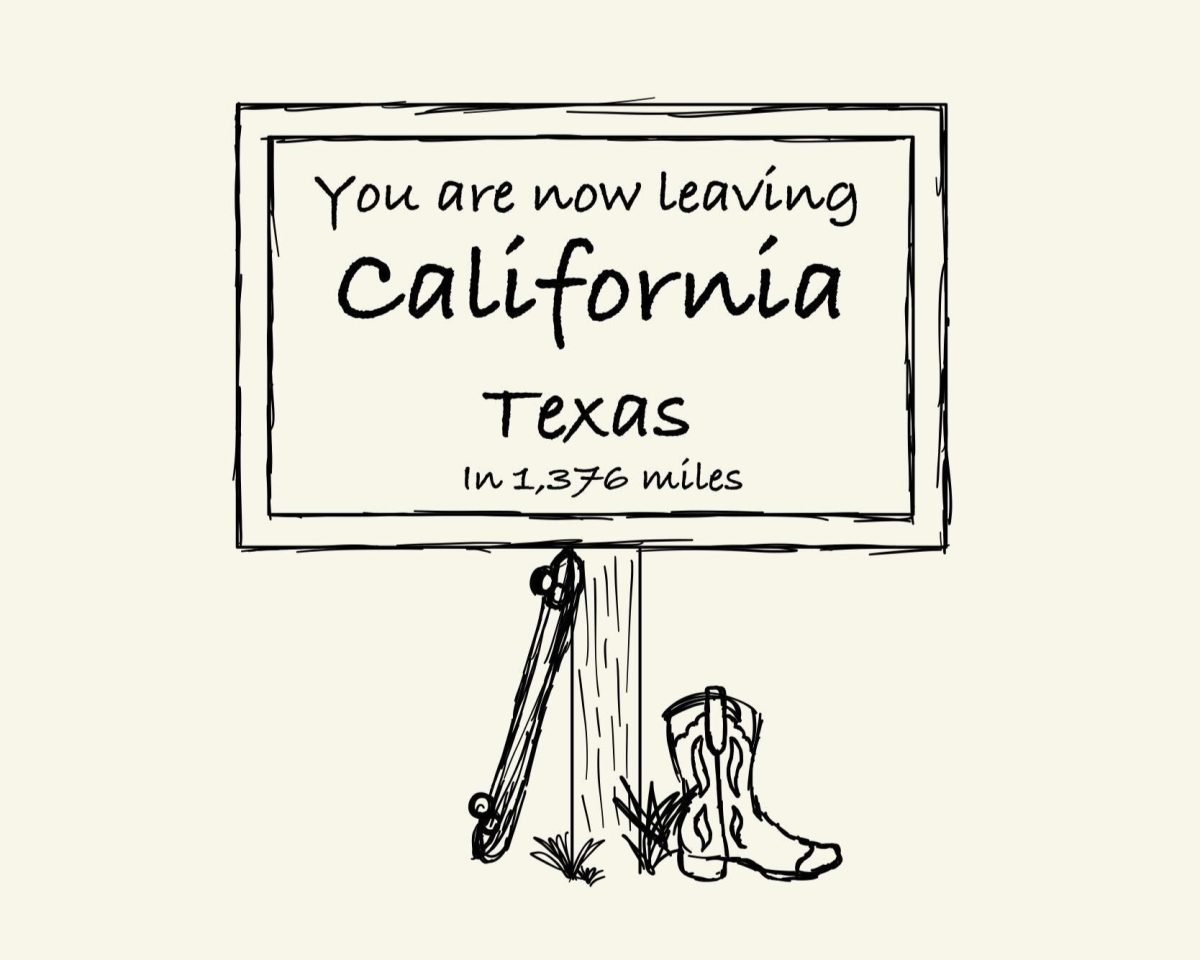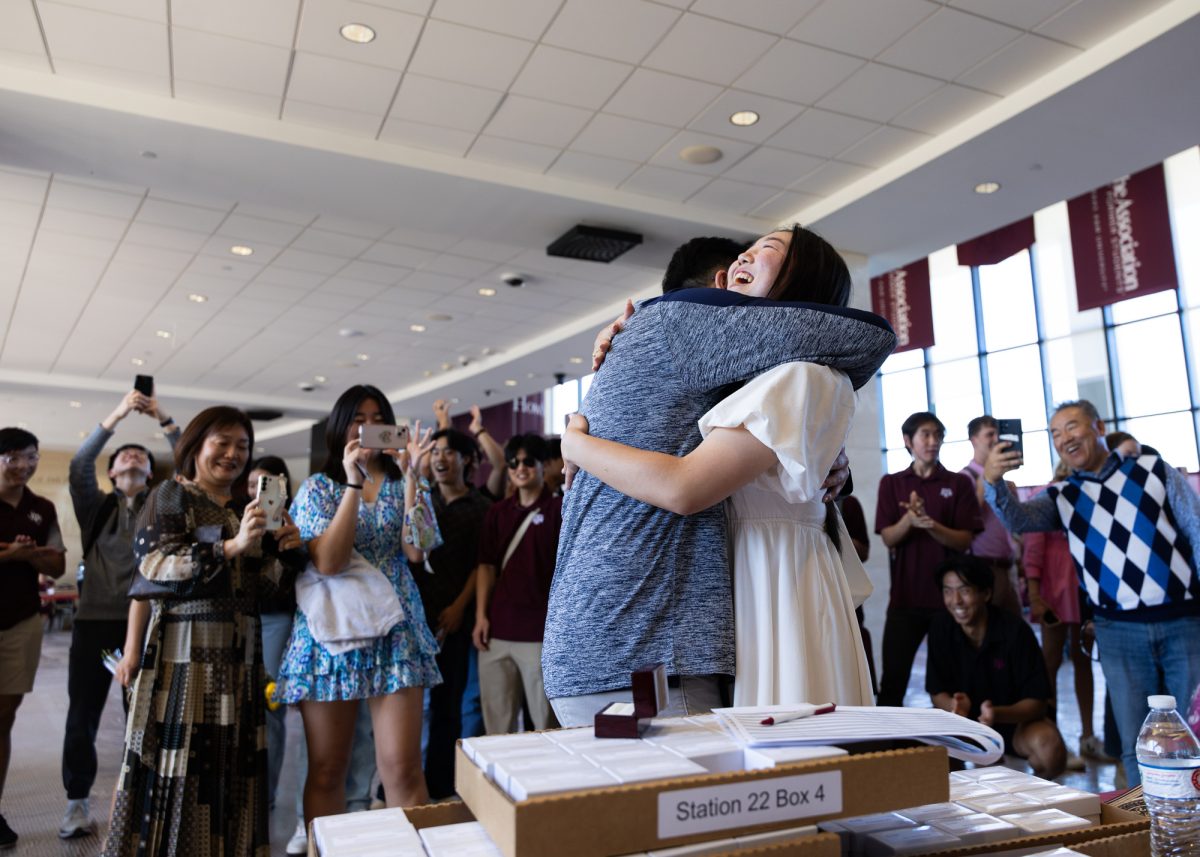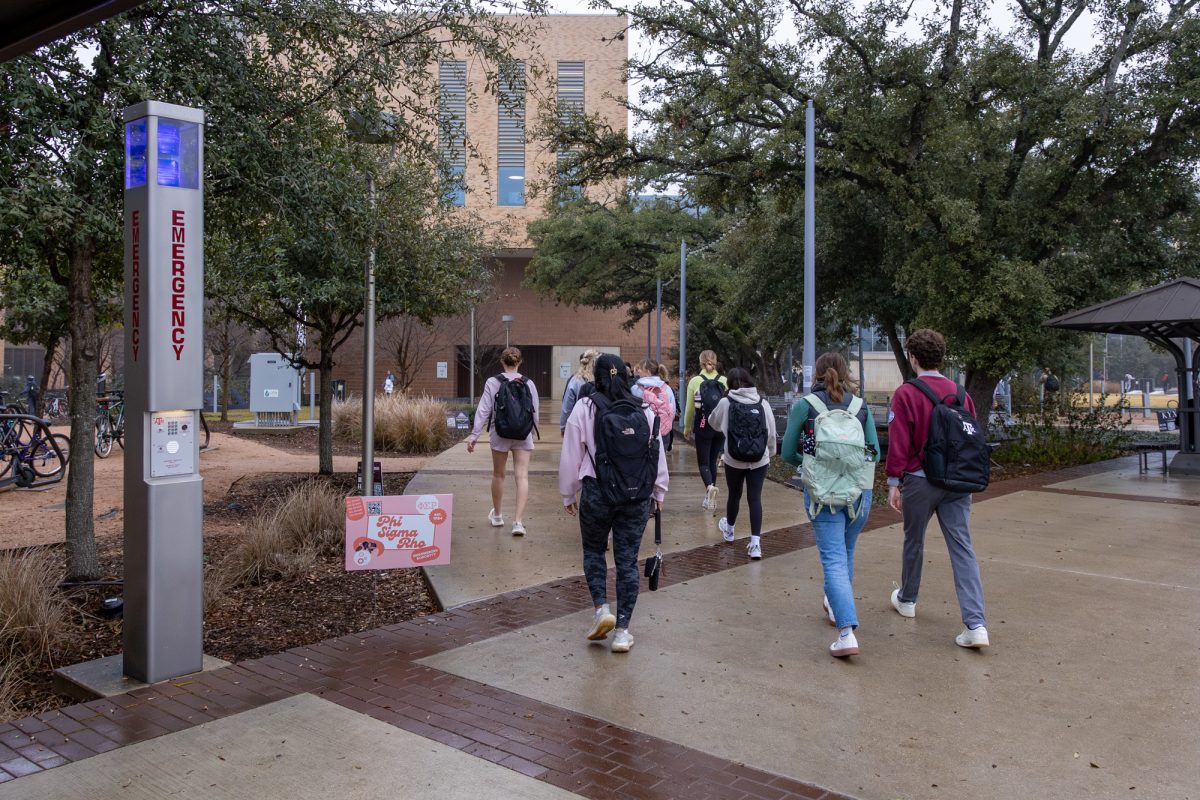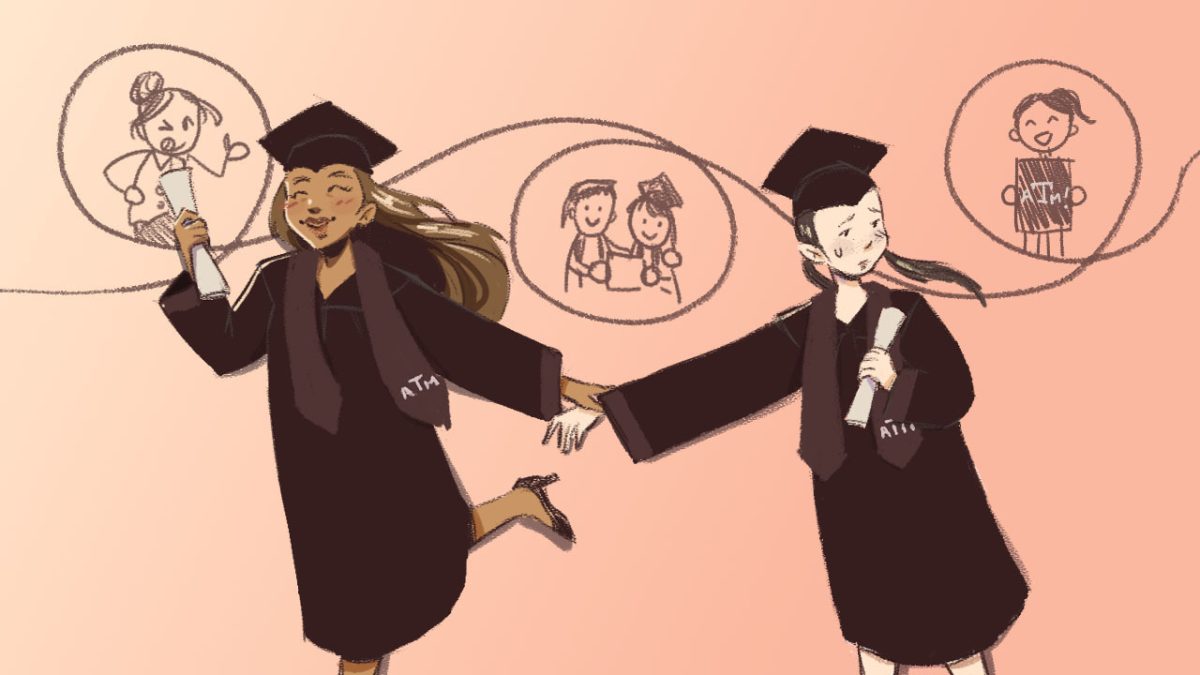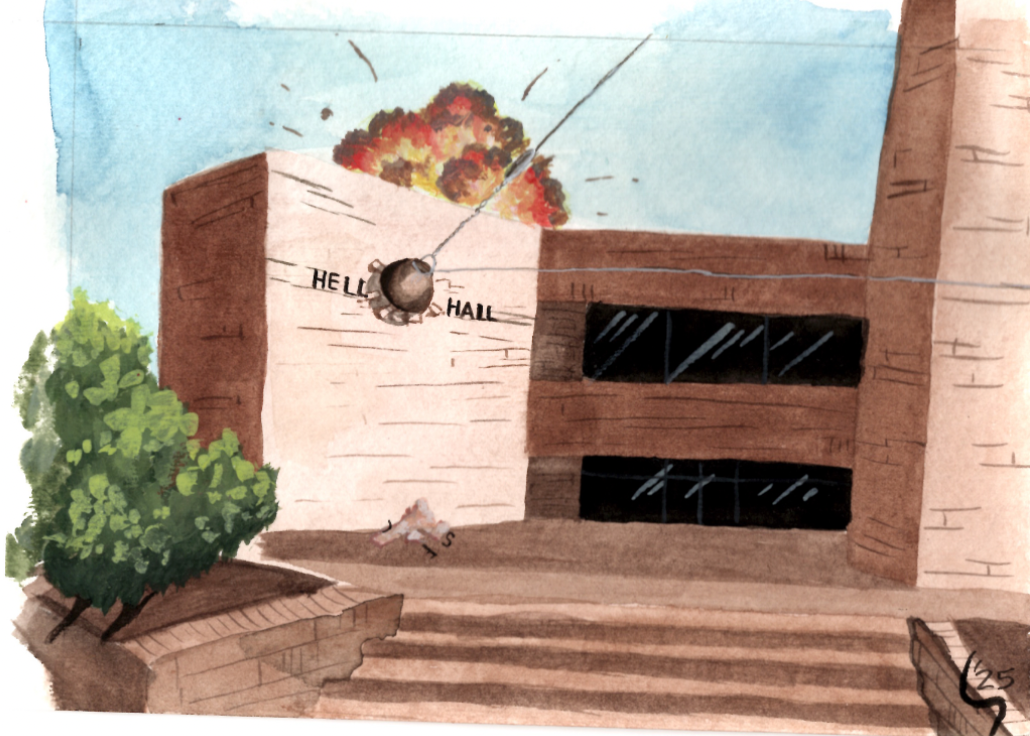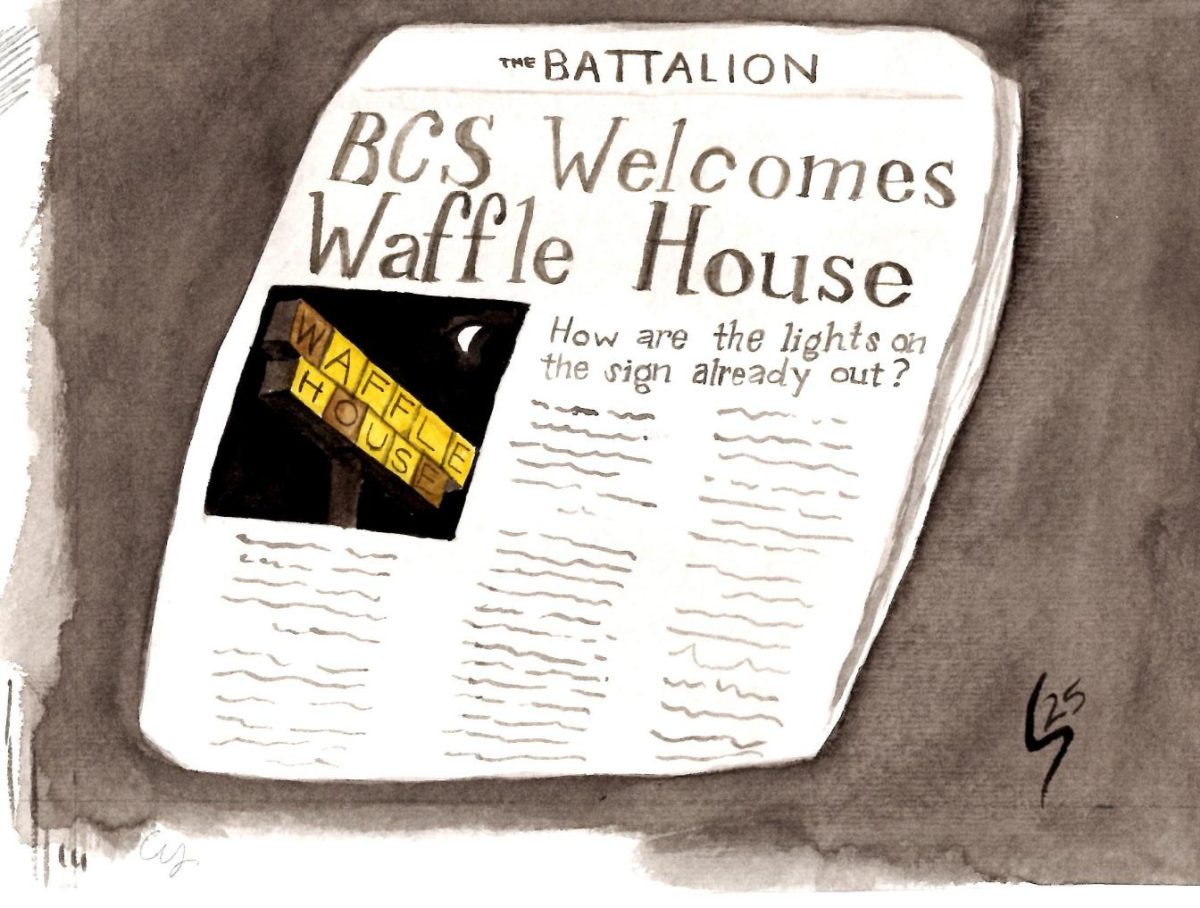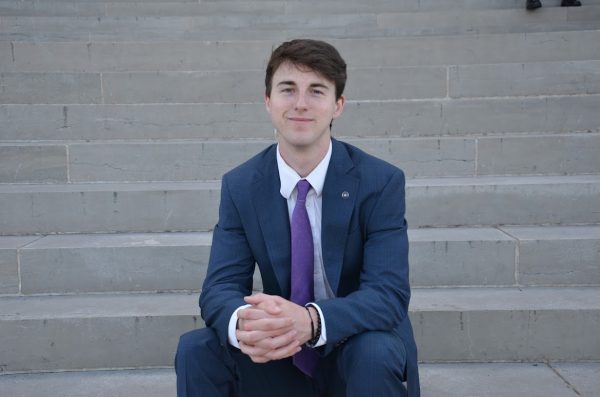Chances are if you’re reading this, then you currently live in Texas or have in the past. We see you out-of-state alumni readers, and we respect you.
I usually don’t open my articles with questions because it gives me flashbacks to “learning how to write an engaging thesis statement for my standardized testing grader,” as my teachers put it, but in this case, I think it’s completely necessary.
What made you fall in love with Texas?
Was it the endless sea of bluebonnets you galloped through with your first love? Was it the purple and pink skies that seem to shine just a little bit brighter during a southern sunset? Was it when you finally realized everything really is bigger? Was it your first time in a honky tonk bar? The rodeo? Buc-ee’s?
The truth is, there isn’t just one facet of our great state that gives us our Texas-sized egos. It’s a combination of everything that motivates us to endure the blistering summers and lifted trucks that blind you with their headlights if you have the audacity to travel below 100 mph in the left lane.
There’s only one problem. Whether it’s the mass exodus of Californians moving here, the growing appeal of inner-city living or an overall change in the taste of lifestyle Texas residents desire, the mold that once defined our state is rapidly changing.
From $15 smoothies slowly becoming normalized to “eco-friendly architecture,” which translates to putting some sod on the interior walls of a coffee shop that doubles as a vinyl records store, Texas is slowly losing its grasp on a people that once were known for their grit, charm and simple nature.
Naturally, Texas’ largest cities were the first to undergo this transformation namely, Houston, Dallas-Fort Worth, and, of course, the “hiss” capital, Austin. What started as an ethnic, economic and cultural boom in these cities has now turned into something seemingly foreign to what we all think about when someone says “Texas.”
Let’s take a look at Houston and its surrounding cities as an example. What started out as quiet commuter suburbs stretching from Spring to Manvel have rapidly expanded their commercial and residential scenes to accommodate the influx of new citizens. Urban sprawl in Houston has spawned highway construction as far as the eye can see, which has spelled doom for what was once considered a quiet suburbian’s paradise.
Additionally, with the greater Houston area being home to roughly 7 million people as of 2022, it’s only expected to grow in future years. Whether it be the warm weather, numerous Fortune 500 companies or proximity to the coastline, Houston possesses almost every quality that makes a city attractive.
Of course, anyone from the Houston area, like myself, would tell you this is no overnight surprise. More than a decade ago, Houston was predicted to be the “next great American city” due to its promising art, business and real estate sectors all while becoming increasingly culturally and ethnically diverse.
It’s probably around this point you might be thinking, “These qualities are fantastic and Houston is more well-rounded with them.” I once thought the same, until it took me over two hours to drive from Pearland to visit my father in The Woodlands.
You see, there is such a thing as diminishing returns, or in layman’s terms, too many cooks in the kitchen. At a certain point, too much of a good thing can result in unforeseen pitfalls such as affordable housing shortages, a constant stream of construction projects or traffic from hell.
And this is just Houston. If anyone’s from Dallas or, God forbid, Austin, they’ll be familiar with these problems as well. The problem isn’t the wide variety of lifestyles these Texas cities offer; it’s the amount of people they’re catering to and their respective influence.
Austin is home to close to two and a half million people, and the Dallas-Fort Worth area is on par with Houston. When adding up all three, that’s roughly half the population of Texas living in these three cities alone. The effect?
These cities only continue to grow in influence and population, which then has a ripple effect on the surrounding small towns they’re sure to consume. Small communities are being overrun by larger Texas cities with never-ending infrastructural expansion which pushes any family looking to distance themselves from the traffic and hundreds of thousands of people even further away.
As much as it pains me to say, Chuck Harris, Executive Director of the Texas Exes, the t.u. alumni association was right when he equated small-town Texas to forming the identity of the state we know today.
Now the first thought would be to suggest that these families who are accustomed to small towns move someplace far away from the inner-city creep. This is wrong. Not only are we displacing families from the communities they call home, but these people will also not get to reap the benefits of being somewhat close to a major city, the primary factor in why people choose to live in the suburbs.
No, I think there’s a much more nuanced answer to finding a balance between growth and scenic small-town living. It lies within our state motto. Nope, not “Don’t Mess With Texas.” Our real state motto — friendship.
For starters, every friendship is built on compromise and the same stands true in this scenario. Texas may be on the verge of an unprecedented attraction to a big city lifestyle, however, this doesn’t mean we should have to sacrifice the rustic beauty of it either.
We can have an unprecedented upscale art district or a gorgeous array of nightlife options at our disposal without displacing the fourth-generation Texan who is looking for a simpler life. We can still hold onto our small towns and cattle fields. We can still have our stunning sunsets free of any light pollution, but it will take Texans knowing when too much urbanization has taken place.
We’ll have to engage with our communities by promoting responsible infrastructure planning, supporting local businesses, advocating for the preservation of farmland and above all — promoting small-town Texas living. We can simultaneously welcome the new lifestyles and growing enterprises Texas cities are now offering while knowing when not to encroach on small-town suburbs.
So, my fellow Texans, before we allow our big cities to completely overrun any remnants of our state’s simple past, let’s first remember what makes Texas so darn great.
Benjamin Barnes is a telecommunication media studies senior and opinion columnist for The Battalion.




